Future-proofing homes for Climate Change:
Anticipating future climatic challenges and constructing resilient buildings to withstand them should be an important consideration when building any new home - but we're often told that "a Green Home costs more", and too many people then decide in the face of resistance from regular home builders that a new home meeting code and their budget, is good enough. We think that opinion has had it's day.
Whether or not we agree on the causes of climate change, and whether building more efficient homes can help slow or reverse that process, we can at least do our best to do better, to build better homes by knowing which options make better structures without adding extra cost and in the process build-in resilience to extreme weather conditions because it's our home and family who are most impacted when climate conditions and mother nature throw us a curve-ball.
While it is impossible to know exactly what the future holds, some of the earlier predictions about the impacts of climate change are already happening, and modern building practices should reflect that. While one single event cannot be attributed solely to climate change, the type and frequency of events we are seeing are exactly what was predicted by climate scientists and can no longer be ignored.
If a 'once in a century' storm now comes by a couple of times in a decade, we need to factor that in when deciding where and even how we build. Higher global temperatures means more moisture in the air, more turbulent air, and consequently more violent and unpredictable storms. For example, this month in Anchorage Alaska (Jun/Jul 2019), temperatures reached 90°F for the first time since records began, causing authorities to cancel the traditional July 4th fireworks, and prompting Anchorage’s mayor, Ethan Berkowitz to comment "This is unprecedented." But is it? Or is it really inevitable as Climate Change marches relentlessly on?
Let's look at the facts; Anchorage just had 34 days in a row of above-average temperatures — “an exceptional run,” said Brian Brettschneider, a climatologist at the International Arctic Research Center. In Kotzebue though on the shores of northwestern Alaska, that above-average trend has extended for 105 days and counting.
Fact: As the nation’s fastest-warming state, according to the Fourth National Climate Assessment Alaska is experiencing many of the effects of a heating planet. The state’s temperatures are rising at twice the global average rate, with spring temperatures averaging about two to five degrees warmer than those of half a century ago.
Fact: One of the more visible changes in the state is the retreat of ice on the Bering and Chukchi Seas, which this year disappeared weeks earlier than normal in some areas. the effects are far reaching as Ice reflects sunlight more than open water, so the ice melting early has an exponential warming effect in the area. Surface temperatures on the seas are about four degrees above normal, while some areas are beating the norm by 10 degrees. “For sea surface temperatures, that’s just astronomical,” said Rick Thoman, a climate specialist at the Alaska Center for Climate Assessment and Policy.
Can we afford to build Resilient homes?
We are already paying for our inaction through tax dollars directed at disaster relief, reduced production in many industries, and increased drains on power grids and resources. Most directly perhaps, would be through home insurance rates which are creeping up to cover the added claims we are seeing. And in some cases like flooding, you aren't automatically covered so if you're in a low-lying area be sure to check the small-print on the policy.
Property values are also being affected, as homes built in low-lying areas that have either seen or are at risk of seeing flooding will have significantly less appeal to a buying market that is becoming increasingly more aware of global climate issues.
In California, the wildfires that claimed so many lives and homes prompted insurance claims for 2017 & 2018 topping $15 Billion - and we all pay that directly or indirectly.
We have now hit the ominous 400ppm (parts per million) mark of carbon in the atmosphere, the point that climate scientists have often identified as the point of no return. Despite that grim forecast, the talk we hear is about reducing emissions to a few percentage points below levels that was already much too high, and someday in the future. That is comically insufficient and darkly amusing at best. Modern society has simply handed the issue to our kids to deal with, as collectively we are unwilling to make any sacrifices ourselves.
And as we have committed ourselves to emptying one of the biggest carbon lockers on the planet with pipelines stretching from the Alberta oil sands across the continent, there is still one way you can help your kids out since our elected policy makers are failing to do so - let them inherit a house that can handle the mess we are leaving them.
The question should probably be:
"Can we afford not to build more resilient homes?"
Future-proofing homes: Efficient & Resilient
Since a home built today should be around at least many decades, it is worth anticipating the possible challenges we might have to face in an uncertain future climate. Resources are becoming increasingly more scarce and expensive, so the less energy you need to operate a home the better. Would you rather invest money now for a better home, or burn money in the future in energy biils?
Better known Green building certification programs such as Passive House and LEED are a great start, but some other programs that may be on the fringe at the moment like Powerhouse Positive Energy Buildings, Living Building Challenge (LBC) rating or Net Zero Energy or ZNE labelled homes are the future for efficient & resilient construction.
Increased durability and performance measures may add some upfront costs to a building project, but as they can help save on operational and maintenance costs most household's monthly outgoings are going to be similar. As Energy costs & maintenance will see dramatic increases in the future it only makes sense to protect your investment by building something better, more comfortable, and that will last by being both Efficient & Resilient
Remember, "Built to Code" means "Built to Minimum Code"
It is easy to believe that a brand new house that has met a provincial building code is ready to face climate challenges, but that is far from the truth. Building code continues to improve minimum performance requirements (albeit slowly) as it is being driven by innovation and market demand among other things. Ultimately though, building code is historically a follower not a leader, even if many in the construction industry are lobbying to change that. As the challenges a home will face in the changing conditions brought about by Climate Change continue to increase in magnitude, we are best to factor that into our designs right now. Just because North American building codes likely won't recognize that for another 30 years isn't a reason to ignore facts - when building a new home today, we should be building better homes, using proven techniques and materials and insisting on better value for money from our hard-earned dollars. If we want a better Green Home, we are the ones who have to make that happen - and here at The EcoHome Network, we're all for making Green Building easier.
Climate change isn't just coming anymore, it's here. Data shows that since 1980, extreme weather events around the globe have doubled. The frequency and severity of extreme events like storms, floods, droughts, hurricanes, tornadoes and wildfires are almost exactly double what they were just a few decades ago.
When building a new home, what is Resilient?
What you can't see in the home, the quality behind the paint - the very building envelope, is considerably more important than the material in the countertops or the colour of the cabinets, because 15 years from now the cabinets will be torn out and replaced as fashions change, but you certainly don't want to tear down the walls or be pulling insulation out of the attic to change it or to stuff more in. The structure, everything you can't see behind the paint and finish, is the most important part of building a home. Get the building envelope right first, then get the aesthetics and the useability right, and you'll be living in a great home now, and in the future. The time has come to expect far more from a new home than granite counters or double vanities, but then we know that, don't we?
The potential challenges a house may face will vary by climate, but the main concerns that could lead to increased damage to homes would be periods of extreme heat and humidity ; heavier rain fall and in a shorter amount of time; heavier snow loads; high winds; more frequent and sustained power outages and the migration of harmful insects like termites to new climates.
Conclusion: Why we need resilient homes?
Recognizing which issues you are most vulnerable to and factoring that into your design can result in a more resilient home, which will last longer and add value. Any question about cost in that process should be carefully considered and calculated in relation to actual and projected savings over the homes lifespan. Having a resilient home will also offer improved security to your family. As we move into an uncertain future, our kids will need all the help we can give them, and being able to will them an autonomous and durable house in the future is a great start.
I'm going to end this with a quote, because this young lady has captured the hearts and minds of such a widespread demographic for "telling it as it is:"
- "Our house is on fire. I am here to say, our house is on fire. [...] I want you to act as you would in a crisis. I want you to act as if our house is on fire. Because it is." Greta Thunberg in No One is Too Small to Make a Difference
Discover how to build more Resilient Homes here, in the EcoHome Guides
Discover how to build more resilient, eco-friendly and efficient homes in the EcoHome Guides here...





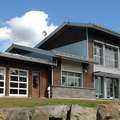















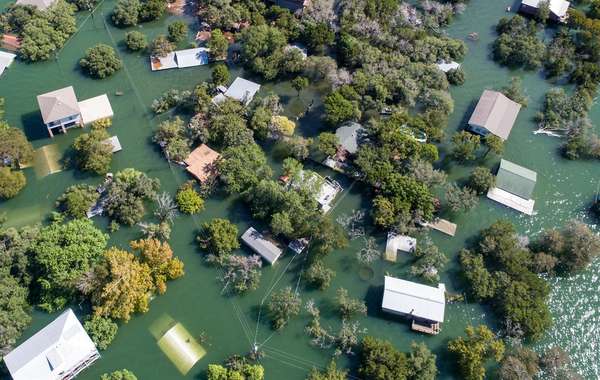

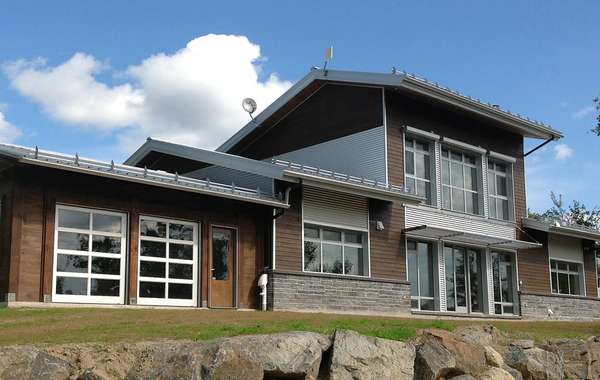
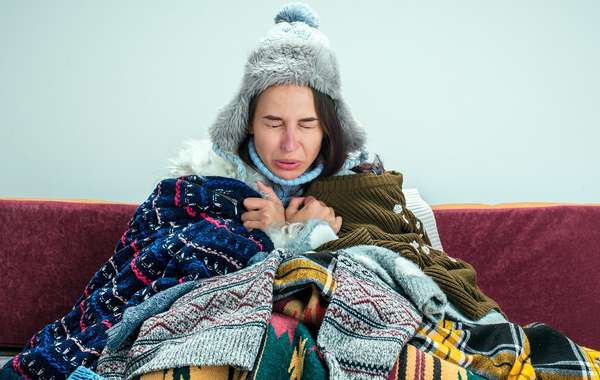
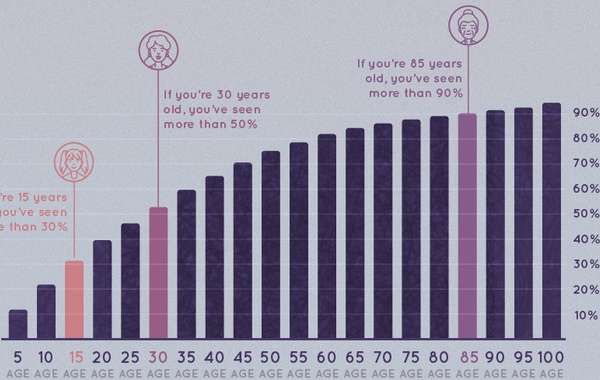


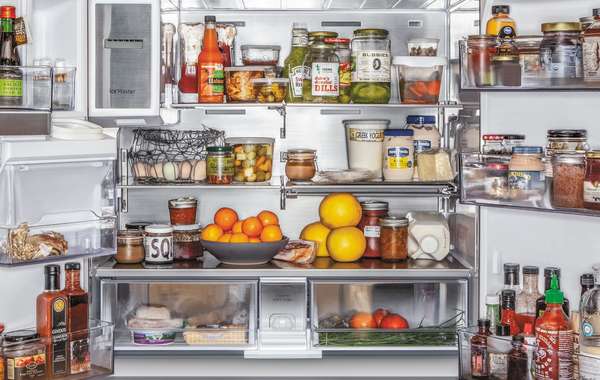
Comments (0)
Sign Up to Comment